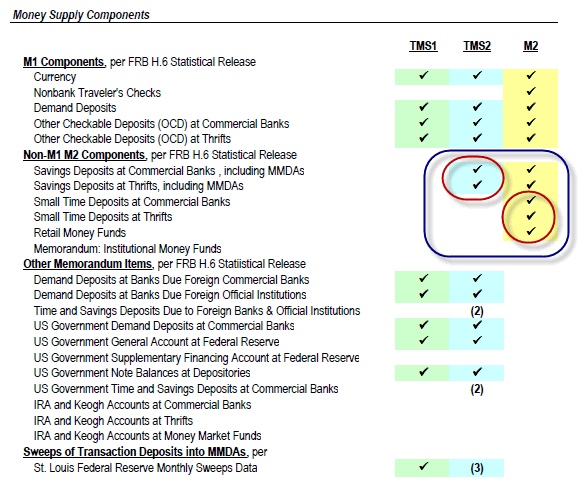Money Market Accounts v Accounts
Post on: 19 Июнь, 2015 No Comment

Money Market Accounts vs. Savings Accounts
by John Kiernan on August 12, 2011
We recently took a look at the differences between money market accounts and money market funds. This week, to follow up on that discussion, we will examine what separates a money market account from a traditional savings account. After all, if we’re to make responsible banking decisions and effectively manage our money, we must understand the options available to us.
Overview
Both savings accounts and Money Market Deposit Accounts (MMDA) are essentially bank accounts insured by the federal government that allow you to safely deposit your money and garner interest. Accounts offered by banks are insured for up to $250,000 per depositor ($100,000 beginning in 2014) by the Federal Deposit Insurance Corporation (FDIC). The National Credit Union Administration (NCUA) insures those accounts offered by credit unions for the same amount.
Still, for all of their similarities, a few small differences do exist between money market and savings accounts, as you will see below:
- As mentioned previously, both are insured by the federal government for the same amount
- Both are liquid (i.e. allow access to your money at any time)
- Both are subject to federal regulations that allow only six pre-authorized, automatic, telephone or online transactions per month (i.e. transferring funds from one account to another). If you exceed this limit, fees will apply. Should you exceed it more than once in any 12-month period, your account may be closed or turned into a transaction account, which would be subject to different terms and regulations. This rule does not pertain to in-person or ATM withdrawals.
- Funds accrue interest in both
- Both could offer multiple ways to access your money, including: debit cards, checks, ATM cards, online transfers, in-person withdrawals
Differences
While there are no fundamental, always-applicable differences between money market and savings accounts, money market accounts are more commonly found to have:
- higher interest rates
- higher minimum balance requirements
- stricter monthly withdrawal limits (issuers generally impose limits on top of those required by law. With fewer withdrawals, banks can invest money for longer, thereby garnering better yields and paying higher returns to customers)
- check-writing capabilities
What’s Better?
Given the overall similarities between traditional savings accounts and money market accounts, choosing one as opposed to the other really won’t make all that much of a difference. Just make sure to shop around for both types of accounts and select the one with the features you need and the highest interest rate you can find.














